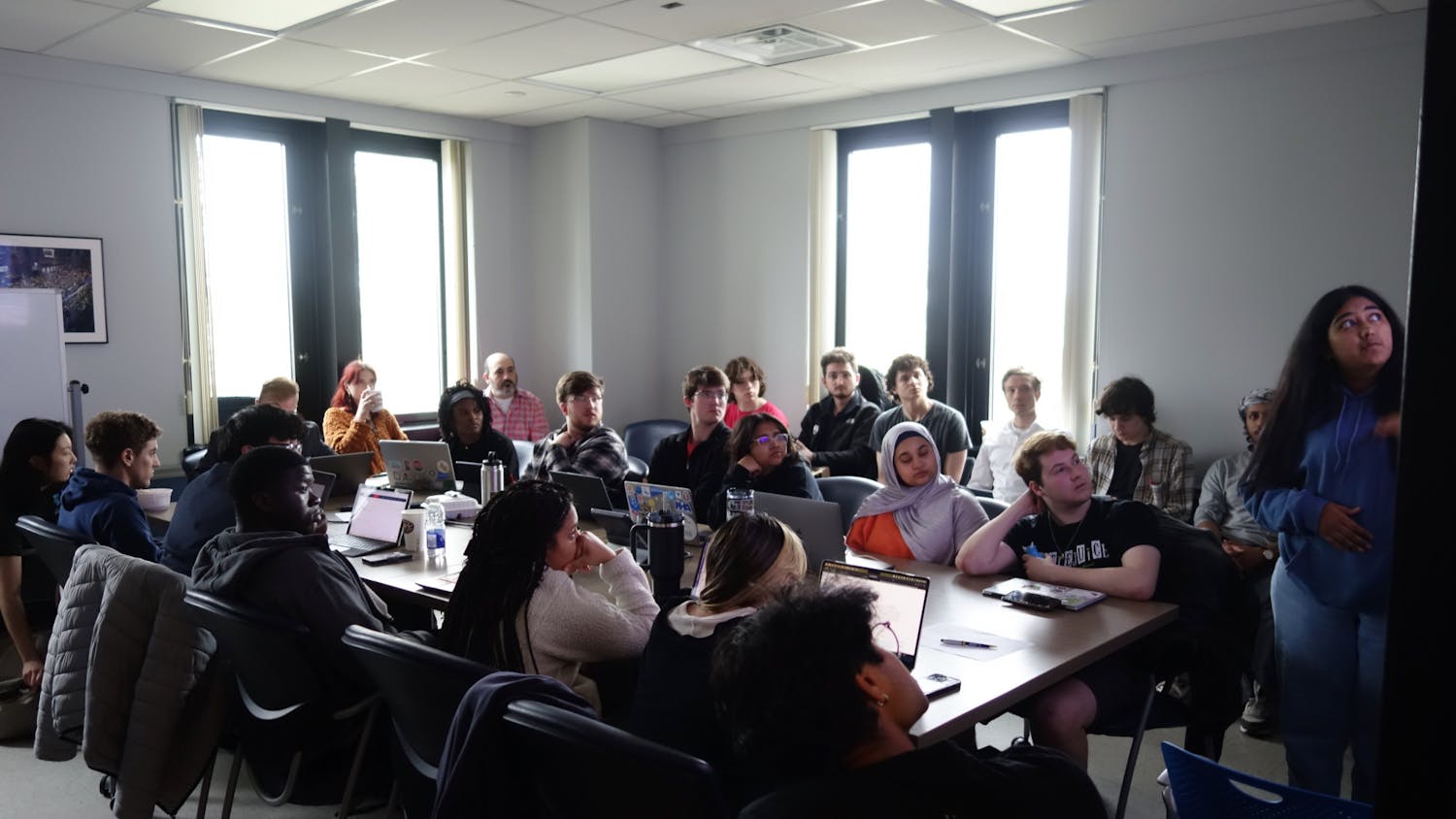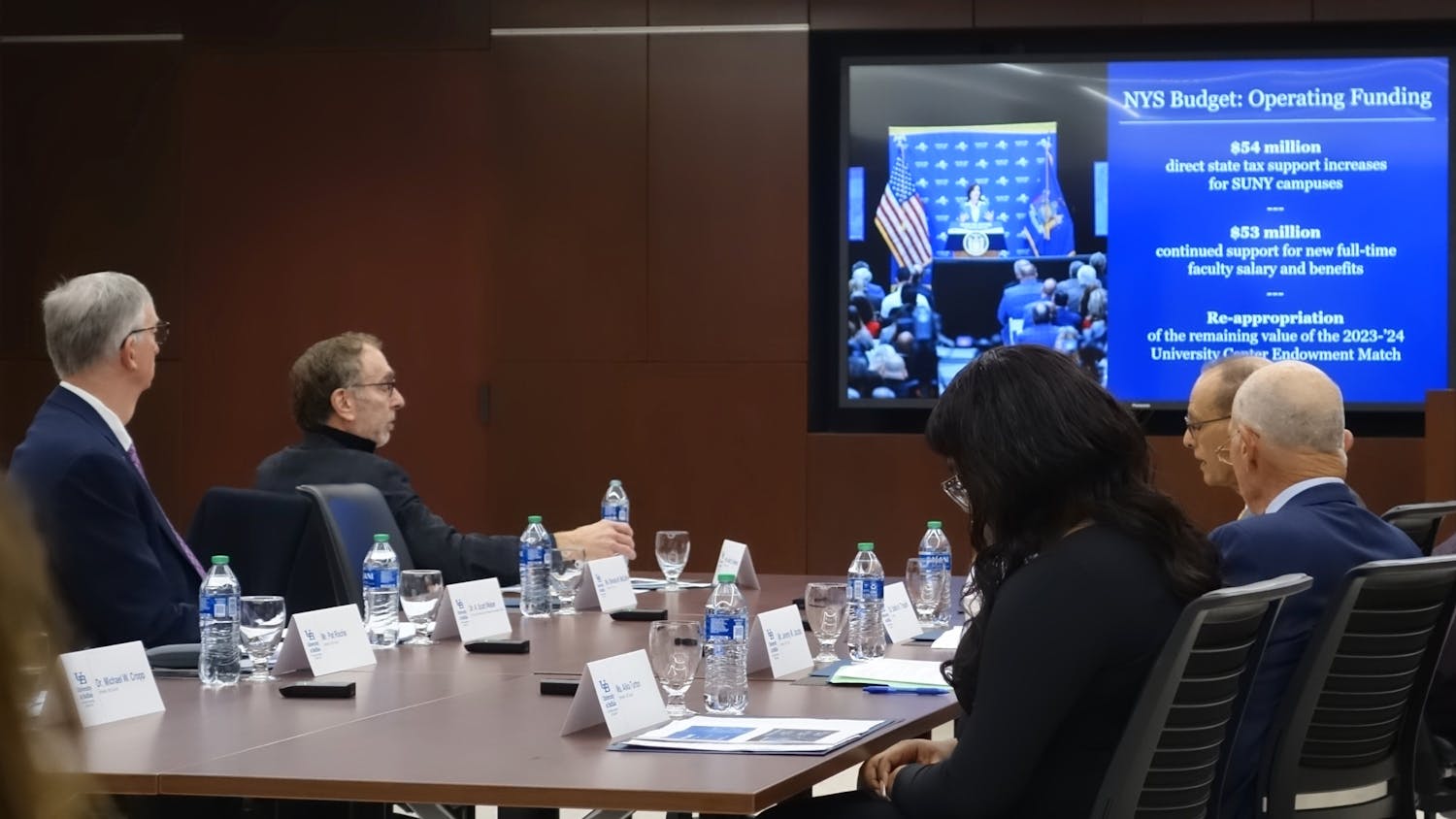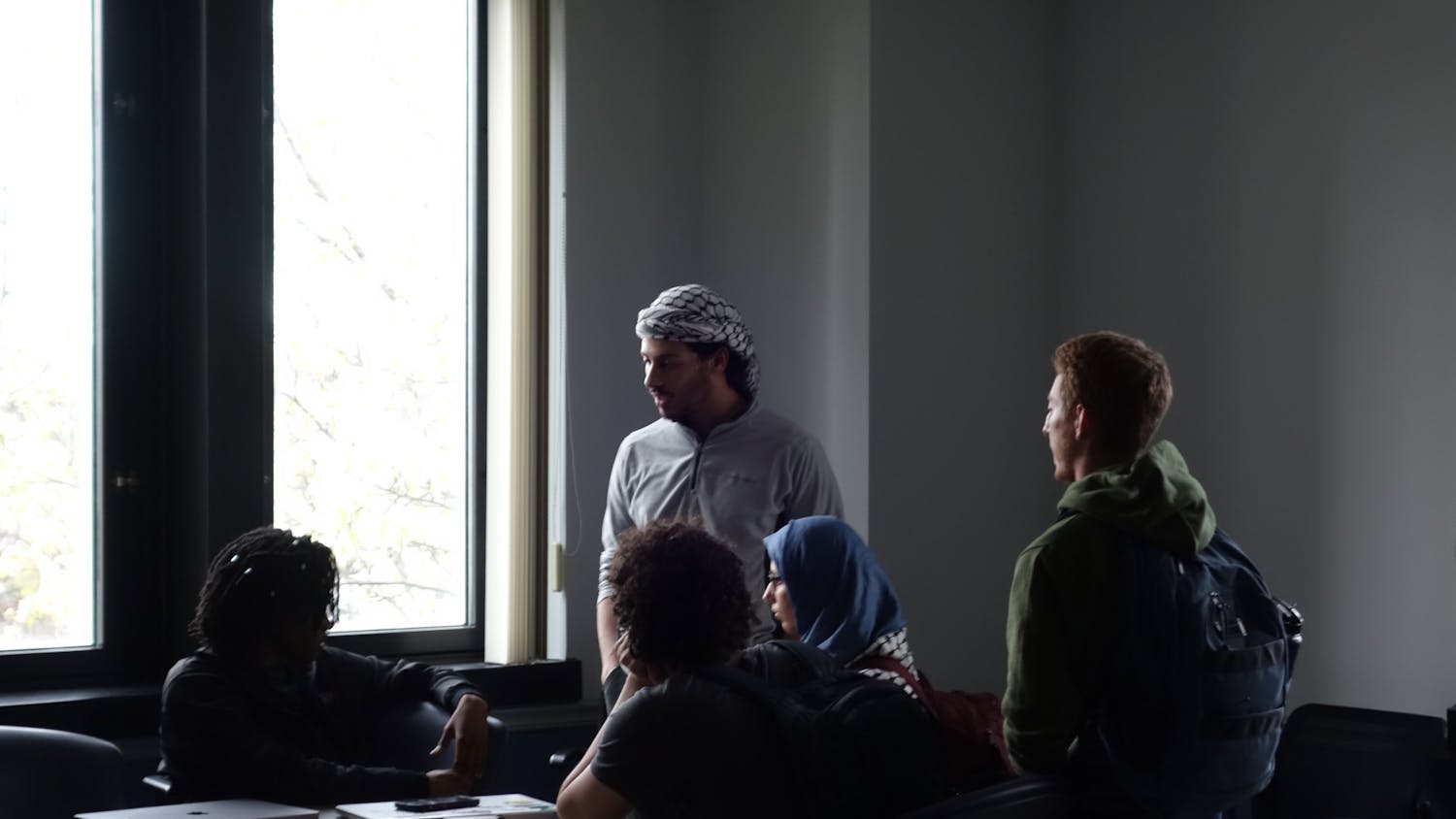Becoming the next real-life House or McDreamy might not be as hard as it seems.
Wellness Education Services held a Life and Learning workshop on Thursday outlining the initial academic steps for students interested in becoming a doctor or dentist.
The first goal for prospective medical students is maintaining a GPA of at least 3.0. Like any other major, when filling out an application for graduate school, it is important that a student doesn't appear lazy and unmotivated.
A 4.0 looks nice on an application, but if the student took easy classes, a prospective medical or graduate school will notice. Graduate programs like to see classes that have presented the student with academic challenges.
Difficult courses paired with grades that have improved over time are more favorable for students than transcripts that show a decrease in grades throughout school, even if the student maintained a high GPA.
'This is going to be a lifelong learning process,' said Nicole Schwab, pre-health adviser. 'You would not want to go to a doctor or dentist that just stopped learning new ideas after residency.'
When deciding on a major in healthcare, students should remain open-minded.
Asking the appropriate questions will determine if a student can handle the long hours, challenging courses and the less than pleasant atmosphere of a hospital.
Schwab also reminded prospective medical students that it may be easy to visualize taking care of a family member in need, but it is more difficult to provide a random patient with the same care.
A common myth when entering medical school is that a student's undergraduate major must be something science-related.
However, the truth is that any student can apply. Students must take a certain amount of science classes, including 40 credits of labs and outside involvement in the medial field, but even students majoring in unrelated subjects like accounting can take on the task of medical school.
The price of medical school is an obvious drawback to entering the field. Students can expect to have over six figures of debt after graduation, but if they are diligent in their studies, they can receive a well-paying job.
'It's almost like a mortgage,' Schwab said. 'That's all the reason why taking the necessary steps now is critical to confirming if [becoming a doctor] is what you really want.'
However, some students may not make it through medical school, and should consider an alternative plan.
Instead of becoming a doctor, the student could become a physician's assistant.
'They work under the supervision of a doctor,' Schwab said. 'You'll have less independence, but you also won't be in school as long.'
Becoming a physician's assistant requires a master's degree, which is typically a two-year commitment. Becoming a doctor requires medical school and residency, which is at least a seven-year schooling commitment.
According to Schwab, medical students will also need to shadow a doctor or dentist. Students may feel intimidated by working as an intern, but this is a crucial step to take toward their ultimate goal.
Many students attending UB either shadow a doctor at the Buffalo VA Medical Center across from South Campus, or with a Kaleida Health associated hospital.
'The purpose of this is so that you know you're making an informed decision,' Schwab said.
E-mail: features@ubspectrum.com





